Antibes – Morning (1914)
Technique: Giclée quality print
Recommended by our customers
More about this artwork
Immerse yourself in the vibrant, pointillist masterpiece "Antibes – Morning" painted by Paul Signac in 1914. Signac, a visionary of the Neo-Impressionist movement, captures the serene yet vivid ambiance of Antibes, a picturesque coastal town on the French Riviera.The artwork radiates with the gentle glow of the morning sun, reflecting off the calm waters and emphasizing the tranquility of the harbor. Signac's distinctively meticulous technique of applying tiny, distinct dots of color melds into a luminous composition when viewed from afar. Each dot contributes to the overall luminosity and chromatic harmony that is signature to Signac’s work.Central to this composition is a trio of sailing boats, their sails bloated gently by the morning breeze, adorned with colors that suggest the early sunlight filtering through them. The boats are captured in a moment of peaceful readiness, possibly preparing for a day's venture into the azure waters. In the background, the medieval fortress of Antibes is subtly depicted, cloaked in soft morning hues, standing as a silent sentinel overlooking the town.Along the quay, small figures engage in morning routines, adding a touch of human presence to the scenic view. The lighthouse point on the left margin of the painting stands out with its white and orange tones, guiding the viewer's eye across the canvas, integrating the elements of daily life and natural beauty.This painting is not just a visual treat but a testament to Signac’s expertise in conveying mood and atmosphere through color and form.
Delivery
Returns
Paul Signac (1863-1935) was a French Neo-Impressionist painter. Together with Georges Seurat, Signac developed the Pointillism style. He was a passionate sailor, bringing back watercolor sketches of ports and nature from his travels, then turning them into large studio canvases with mosaic-like squares of color. He abandoned the short brushstrokes and intuitive dabs of color of the impressionists for a more exact scientific approach to applying dots with the intention to combine and blend not on the canvas, but in the viewer's eye.




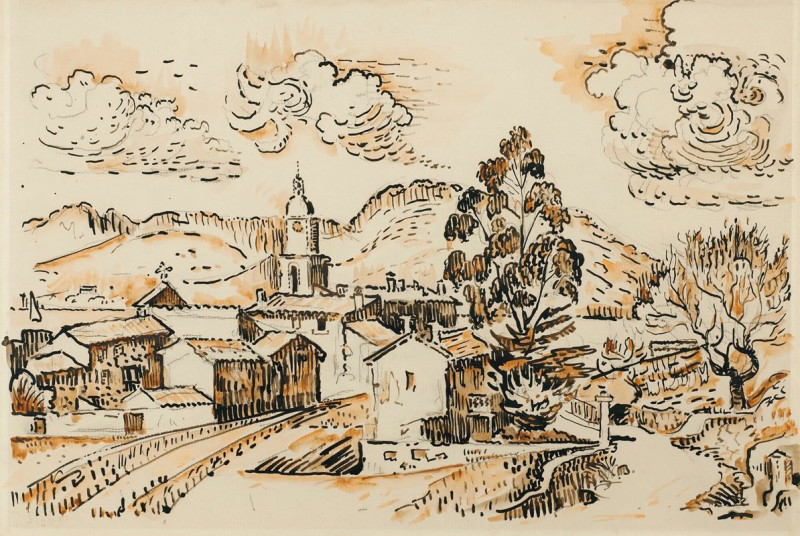

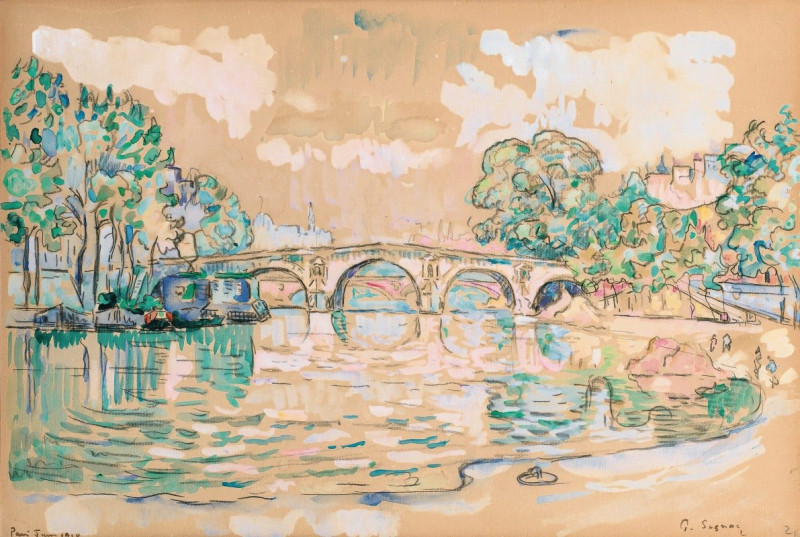
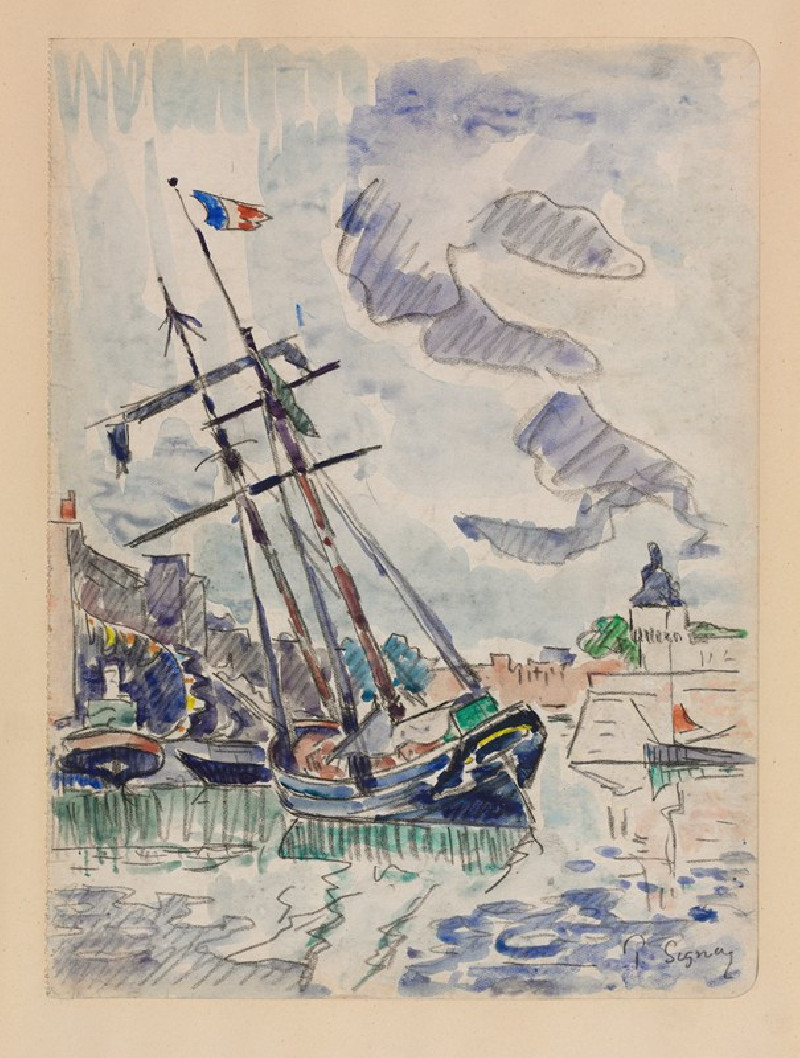


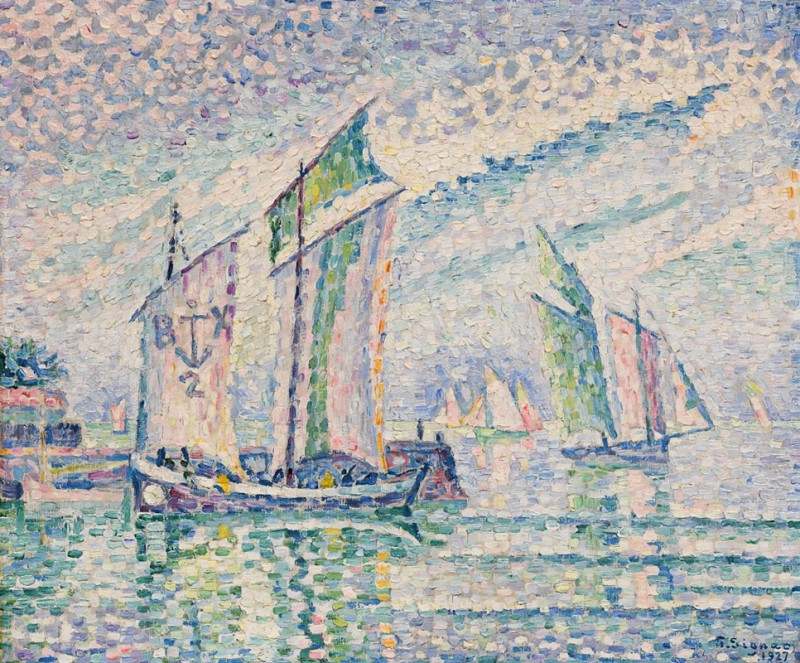
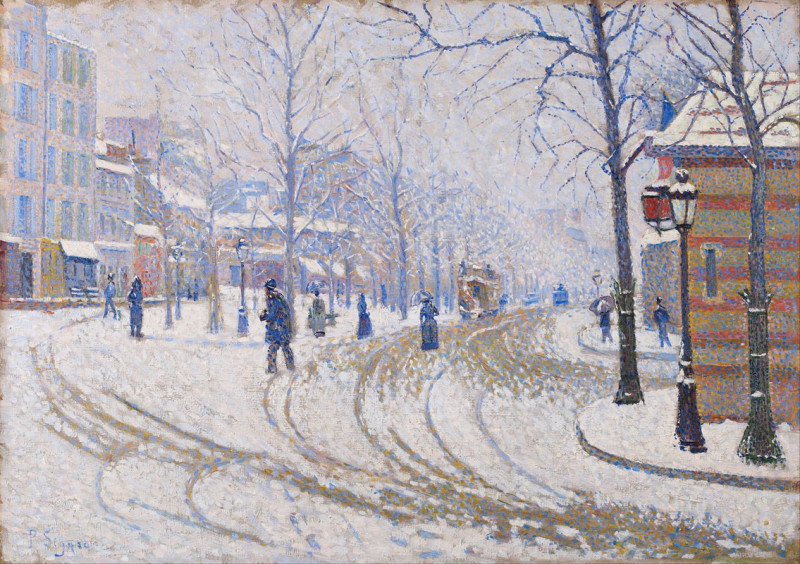
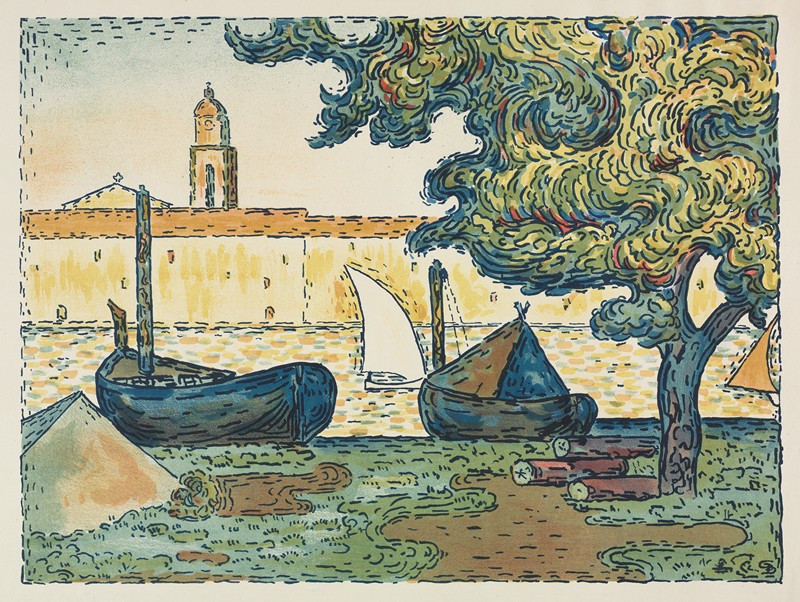


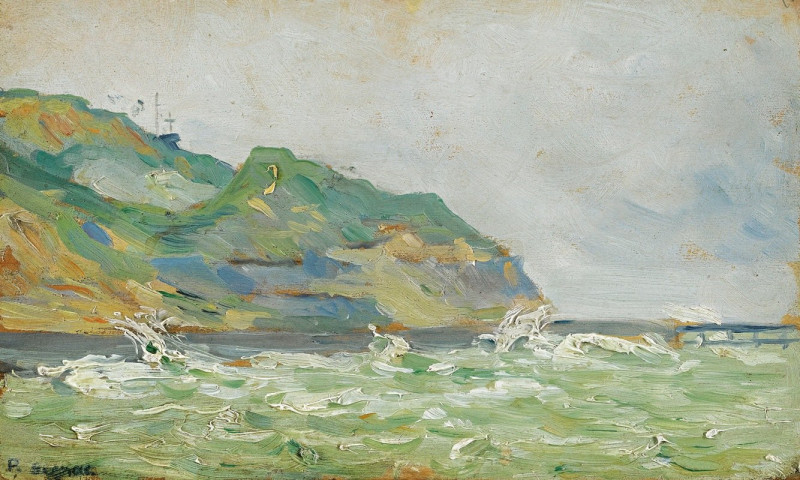
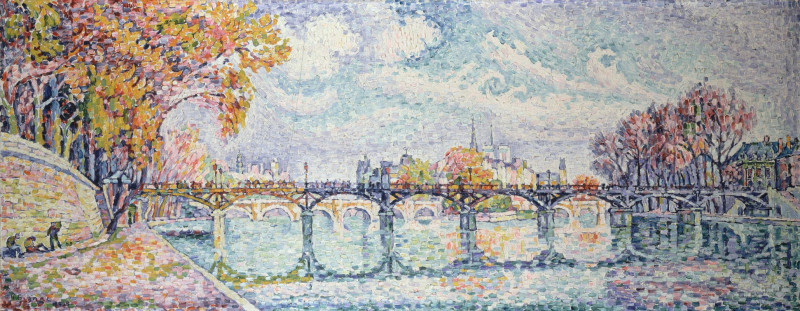
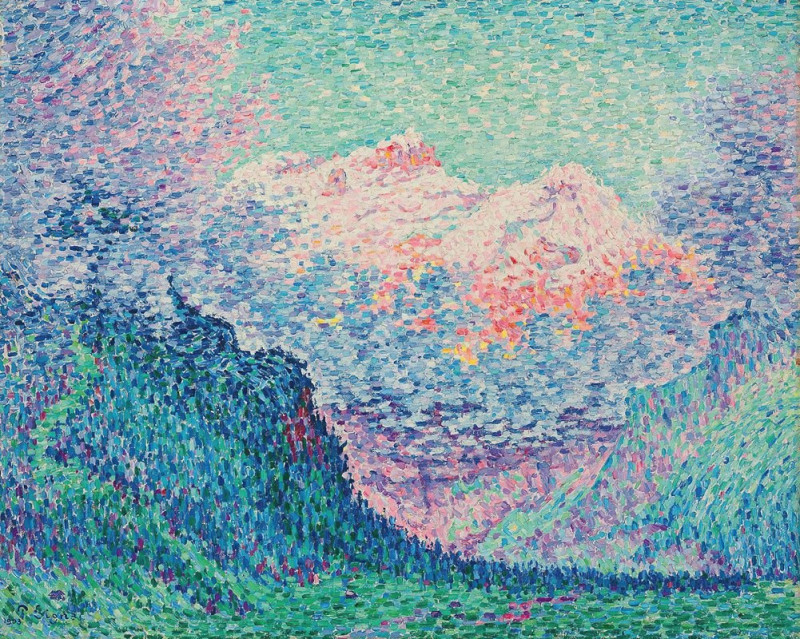

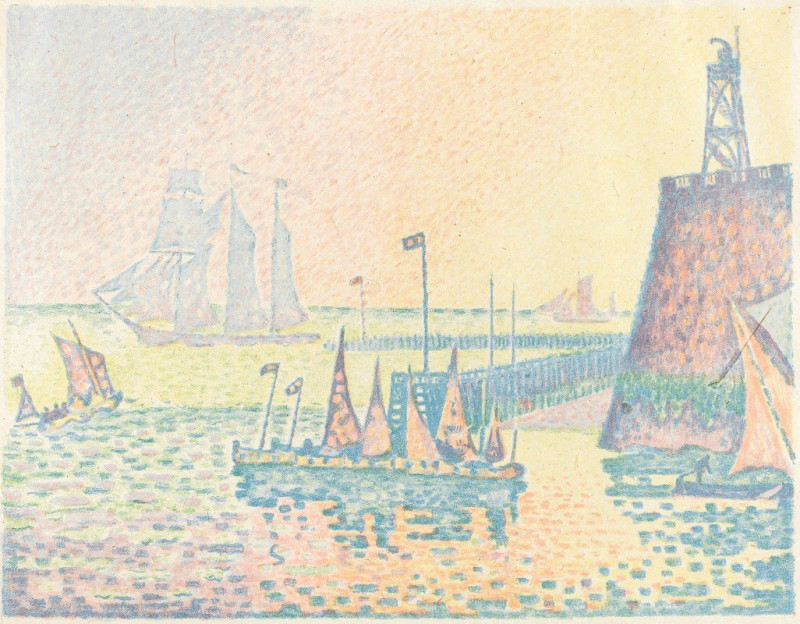
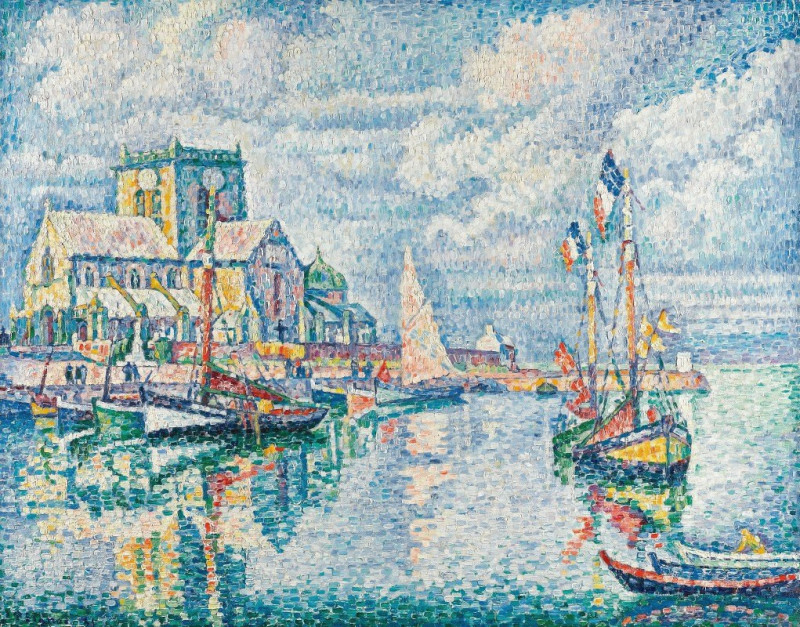

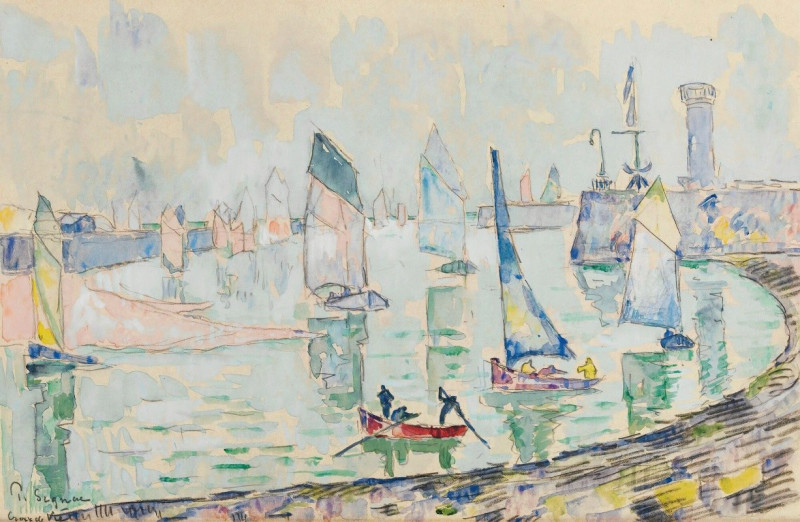


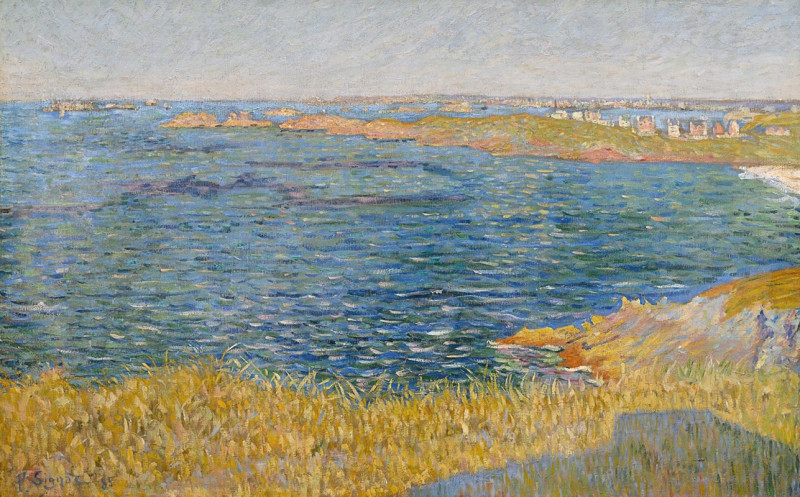
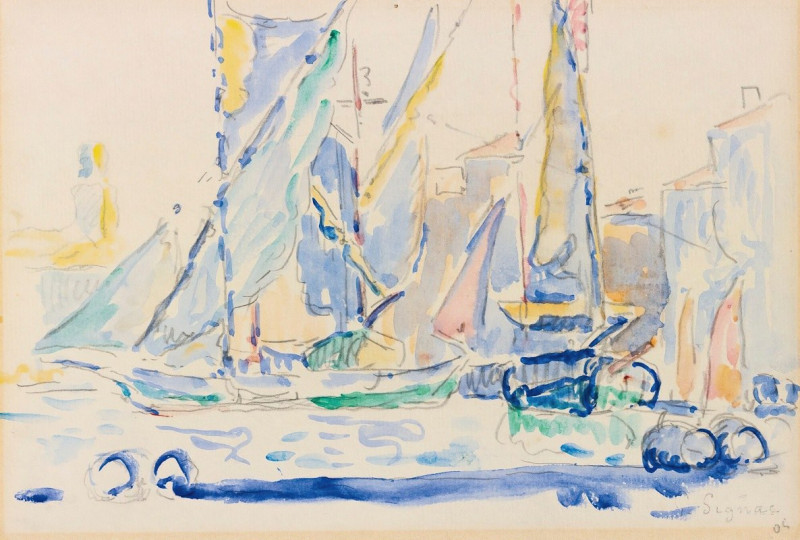
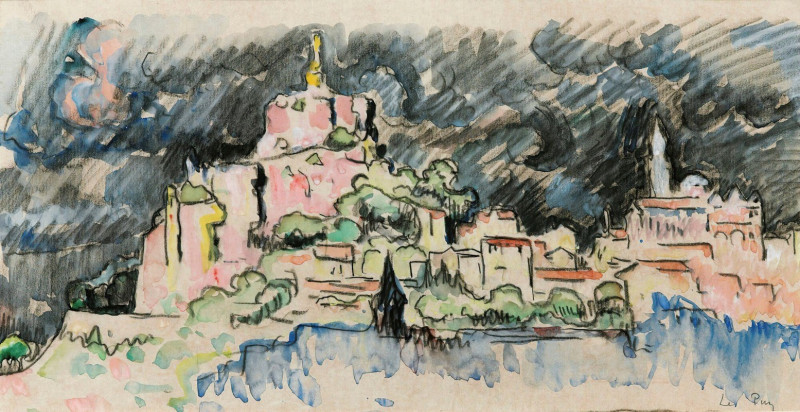
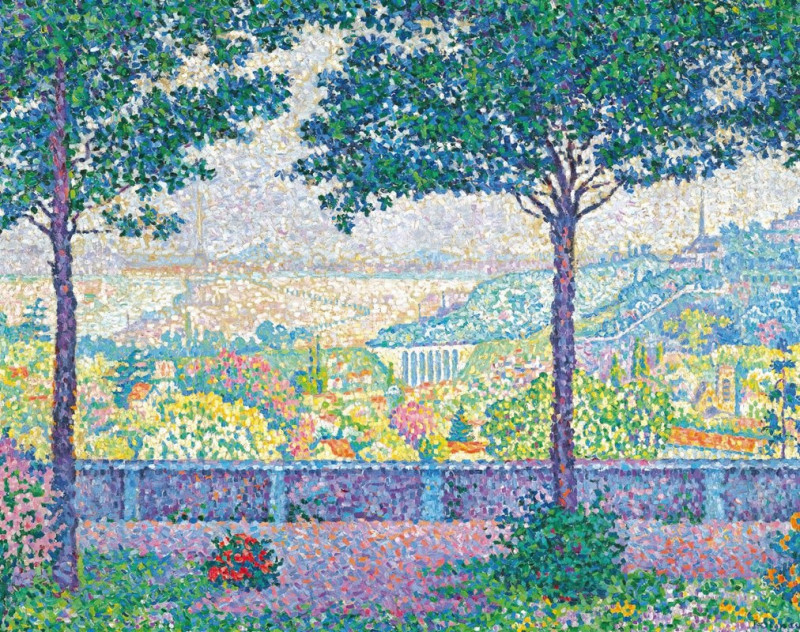

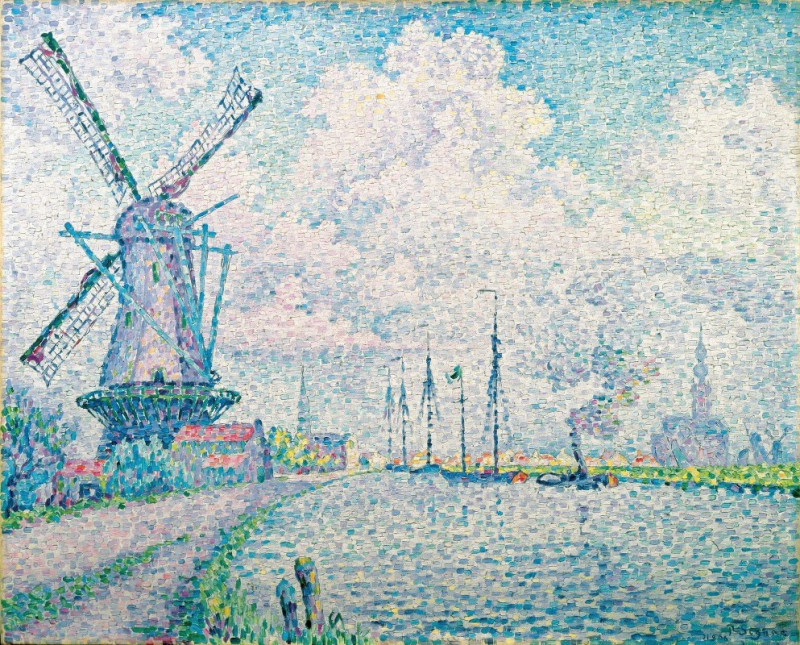
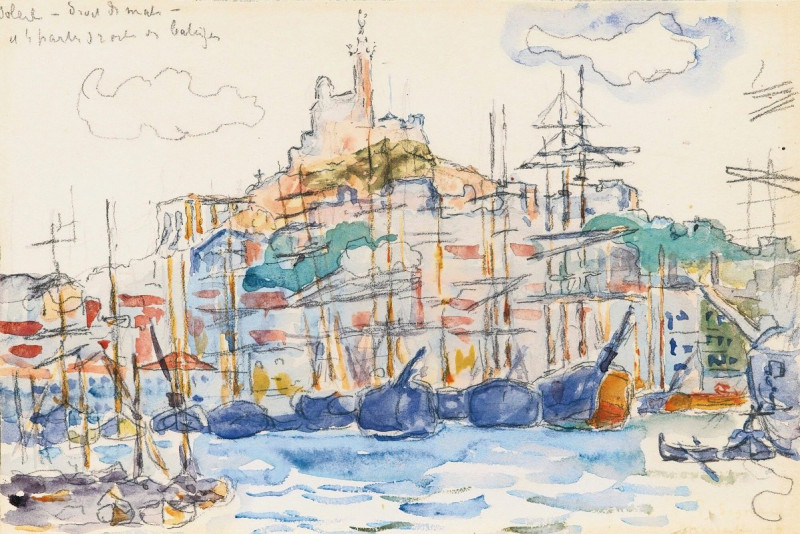
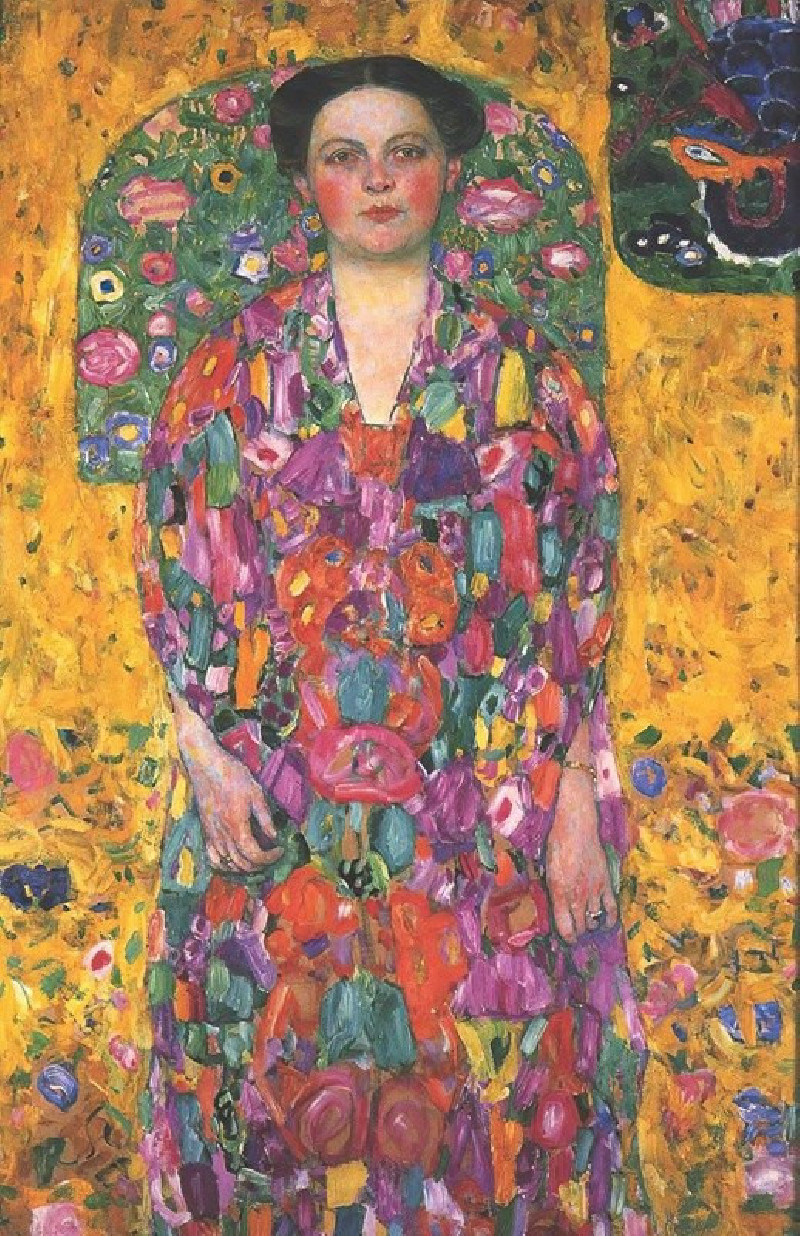

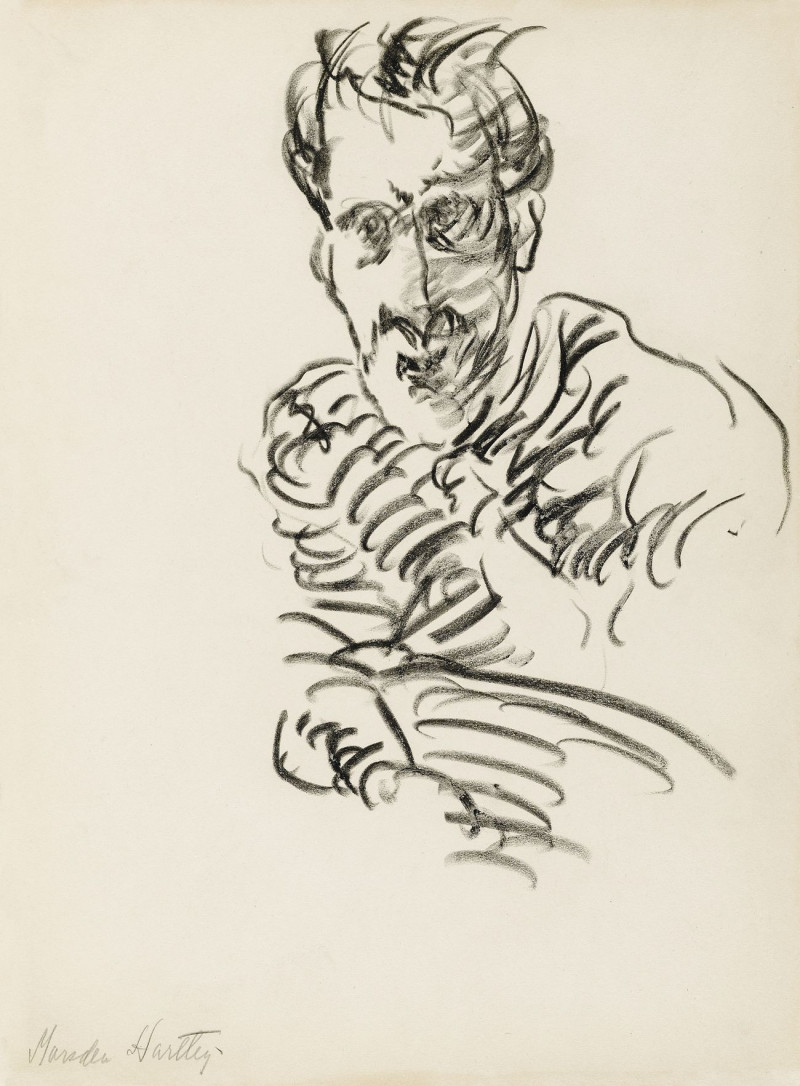



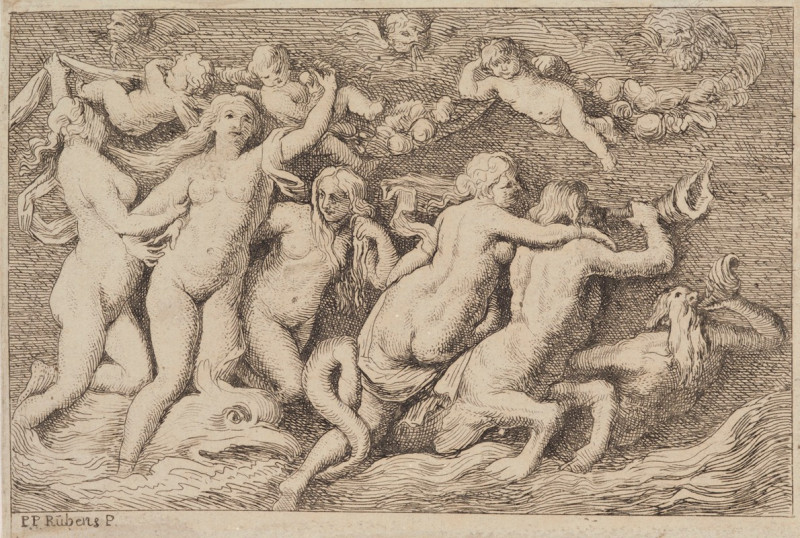
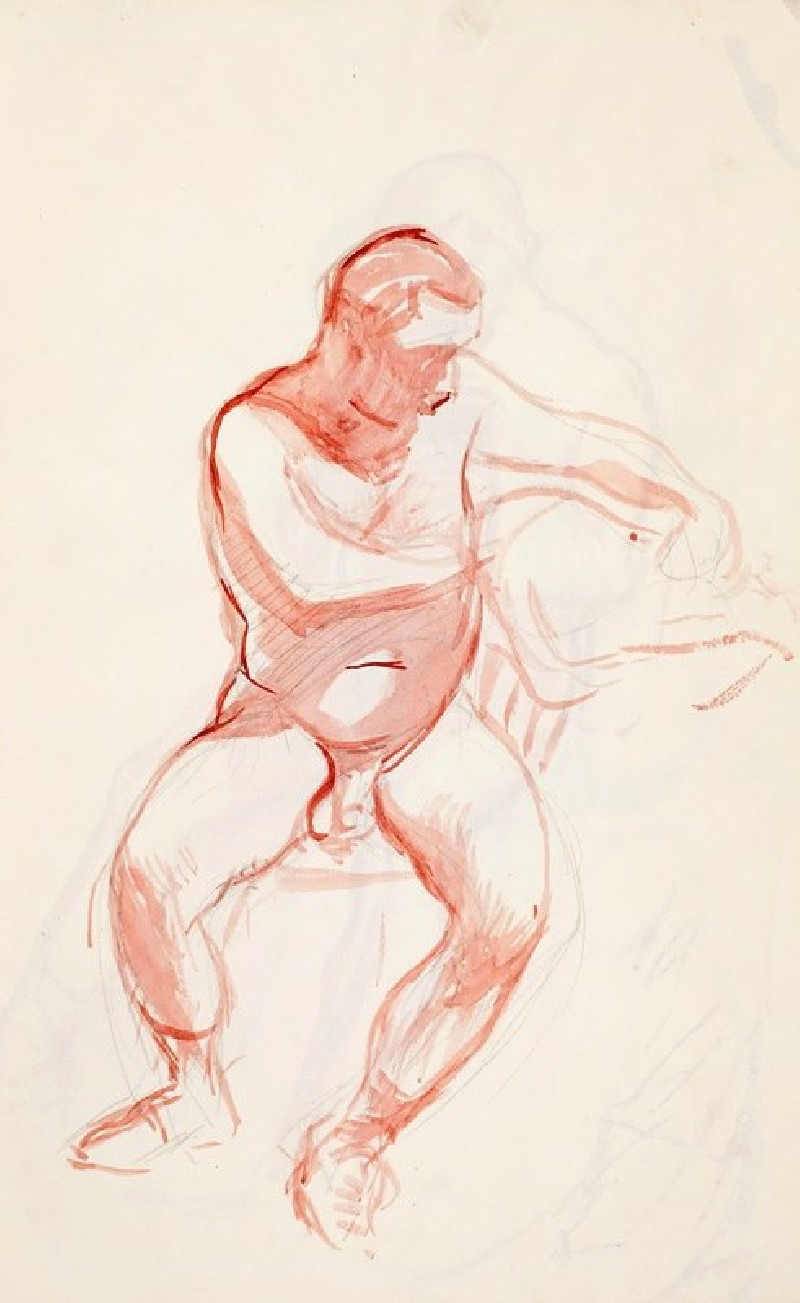
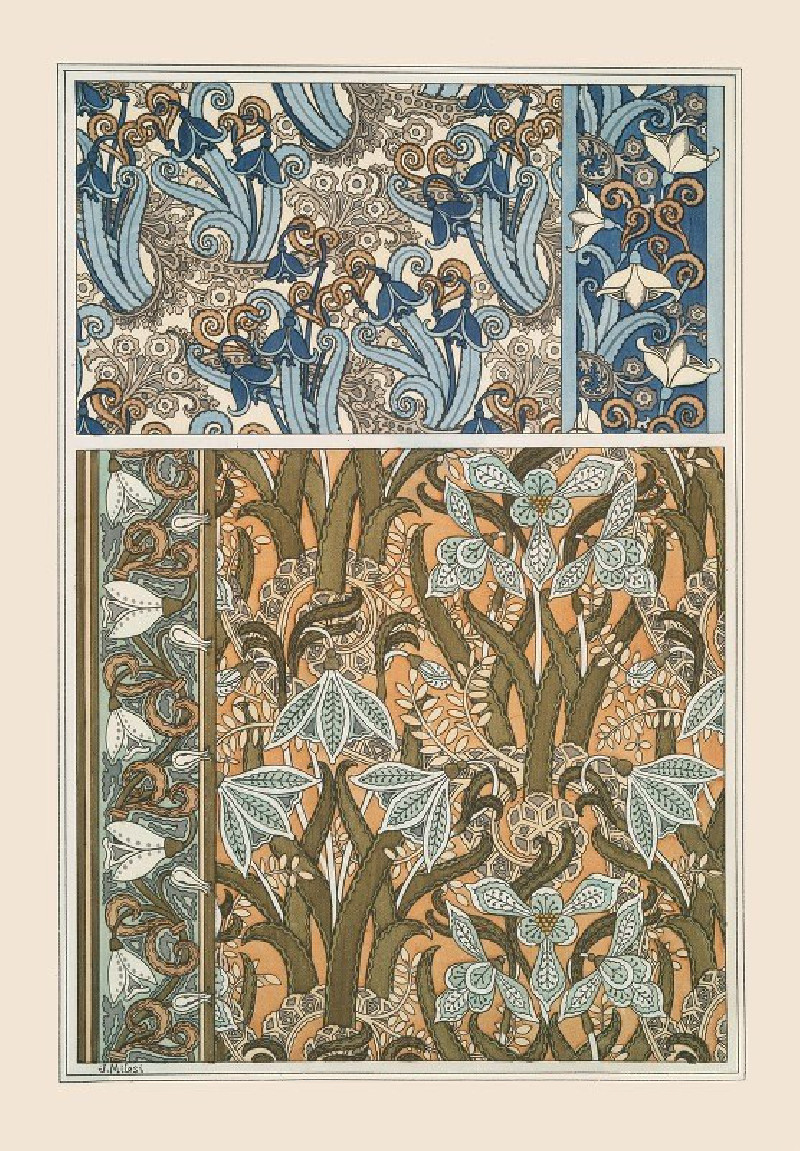
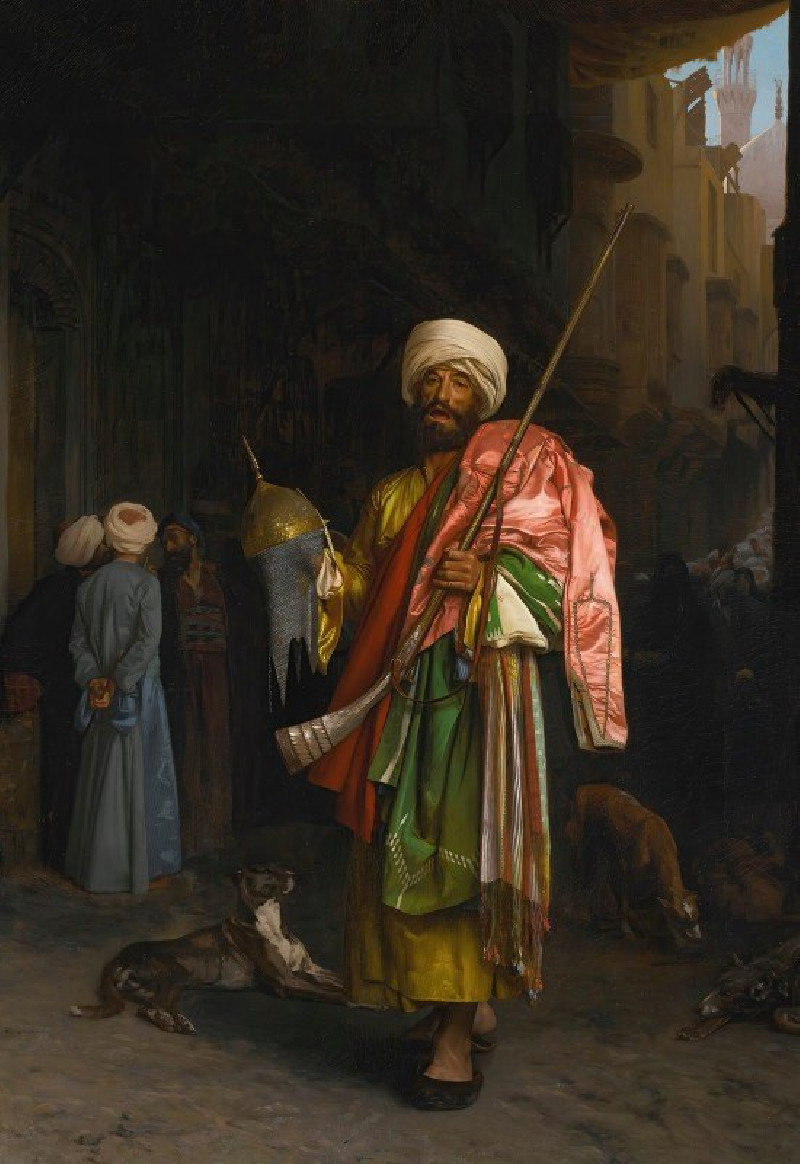


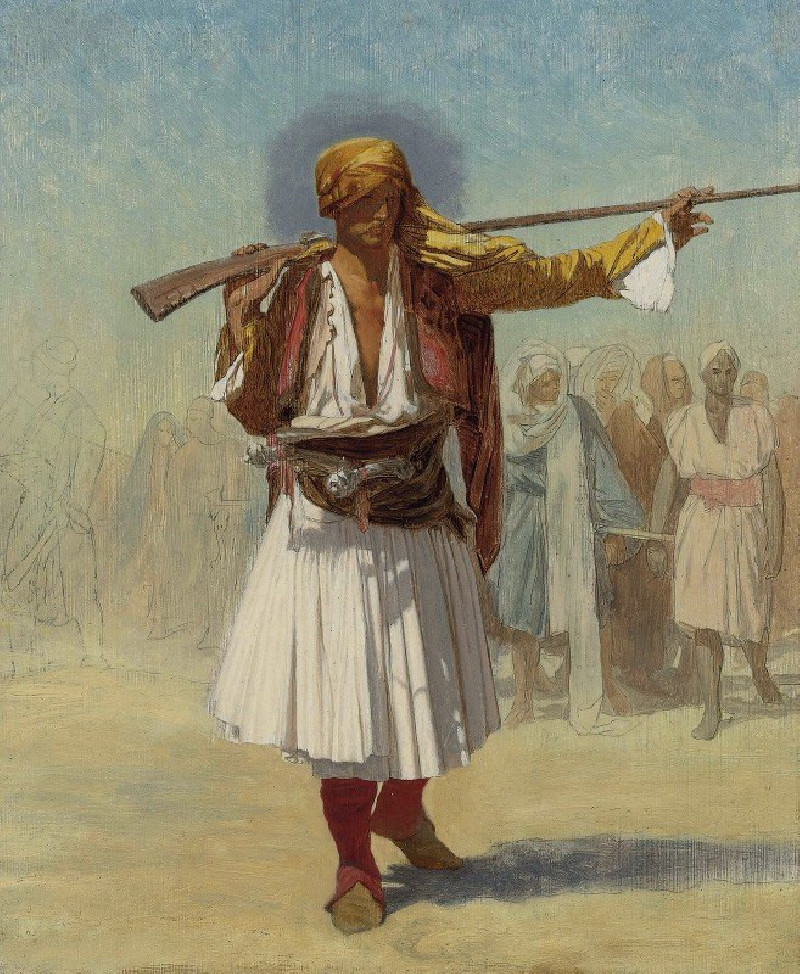

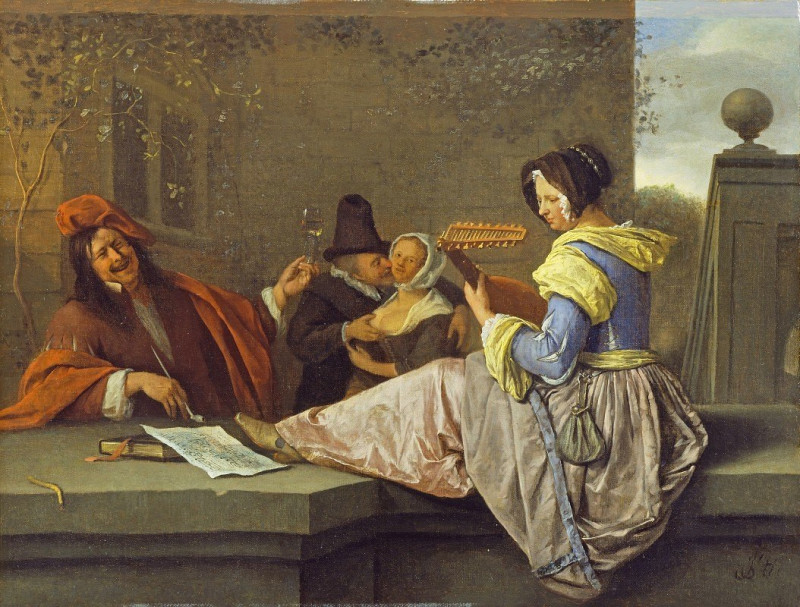
![Die Wölfe (Balkankrieg) [The Wolves (Balkan War)] (1913) reproduction of painting by Franz Marc. ALL GICLEE PRINTS](https://reprodukcijos.lt/38850-large_default/reproduction-of-die-wolfe-balkankrieg-the-wolves-balkan-war-1913.jpg)